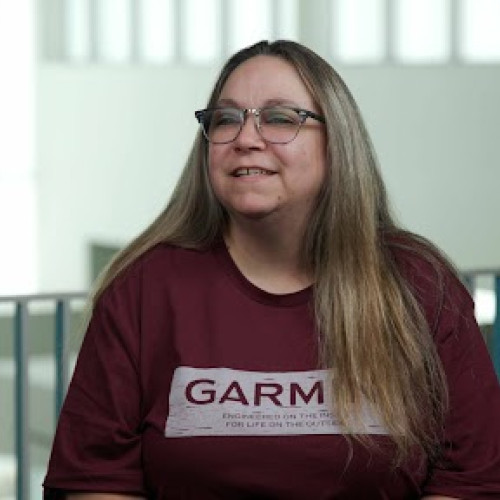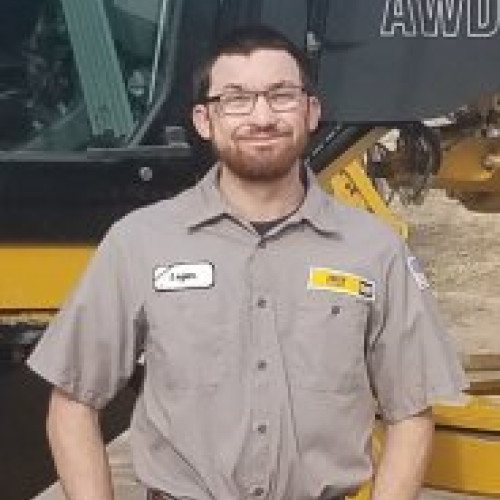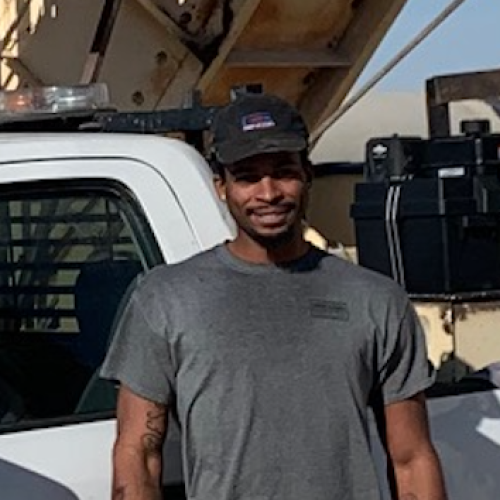
Quinton Berggren
Quinton Berggren
Mechanical Engineer
When I was growing up, I loved trains and always wanted to be a locomotive engineer. That changed, though, when I watched my first episode of MythBusters. The idea of building and creating things to test out theories had me hooked and I was sure now that this would be my future career. What all my notions about my future career had in common was that while I wasn’t exactly sure what job I was going to pursue, I knew I enjoyed anything that involved building.
When I got to high school, I was able to dive a little bit further into my passion around creating things. My school offered a computer-aided design (CAD) and drafting class. That class eventually transitioned into a course where we built an entire modular home for Habitat for Humanity. The experience was something I’ll never forget. It showed me that important “smaller” details in the planning and design phase ended up making a big difference when we actually built something. In addition to the CAD class, I also took physics and math classes that helped prepare me for my college engineering courses.
When it came time to look at colleges, I thought I’d like to be an architect or an engineer because they both get to create and build things. I really thought being an architect would be fun because they get to make those cool models of the buildings, but when talking with professionals in both fields, I learned that my interests and skills would better be aligned with an engineering degree.
After I graduated from college, my mechanical engineering degree and hours of building LEGOS as a kid paid off. In my current role as an engineer at the K-State Technology Development Institute, I’m doing a little bit of each type of engineering. I mostly design things, but then I build and test them as well. We serve a lot of different clients, so our projects range from designing consumer products, to medical and veterinary items, to large industrial processes and machines.
In fact, the only thing common to each project is the way we work through them. We first have to understand what specifically the client is asking for and plan some general tasks for what we think it would take to satisfy that. Then we research specific components, systems, designs, etc., that we could use. Most projects require some sort of CAD (computer-aided design) modeling of all the possible options, so after creating the various models and sharing them with the client, we’ll refine our design and move forward with actually making it. On some projects, we make several prototypes until we get all the issues figured out. Other projects result in an end-use machine that we build and test and then send to the client.
What I like most about my job is that I can personally build what I designed. I get satisfaction out of working with my hands and actually fabricating and assembling the parts that I created. You learn a lot about what works well and what can be improved when you’re the one building something. I also enjoy the variety in my job. I get to learn about all different kinds of products and processes, and I can apply what I learn to future projects.
My advice for young people is to keep an eye out for jobs that seem interesting and to try to learn as much as you can about them. That could even include talking to people who have those careers and asking them any questions you can think of. It’s even better if you can job shadow someone or become an intern for firsthand experience.




